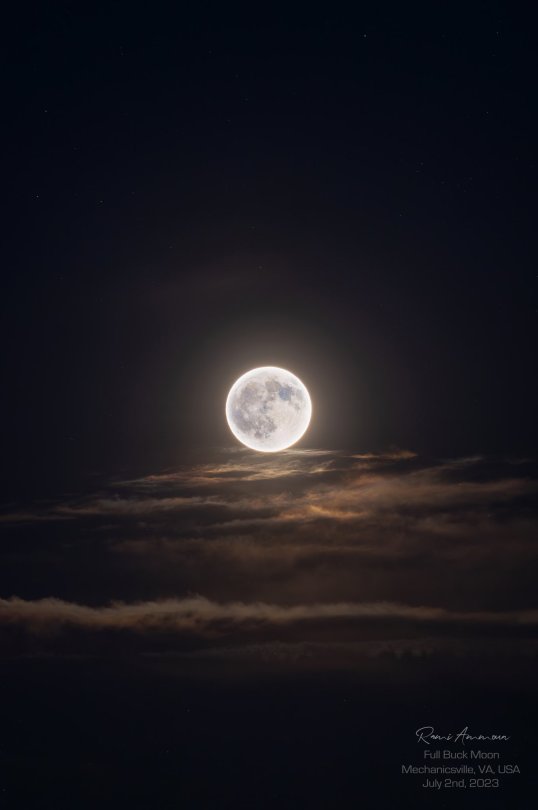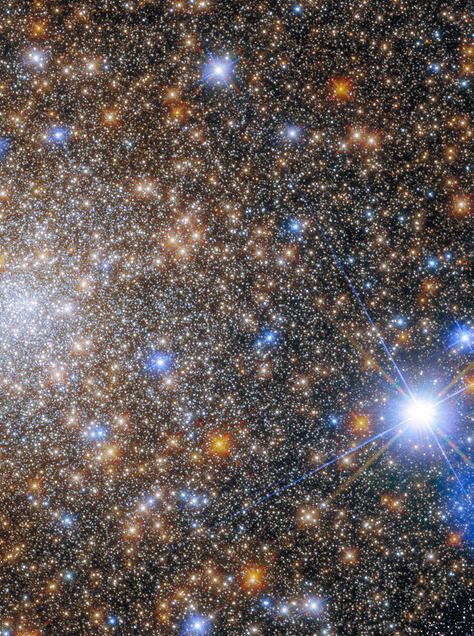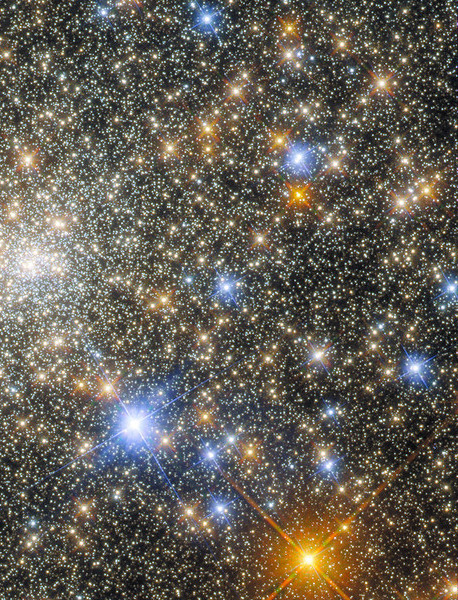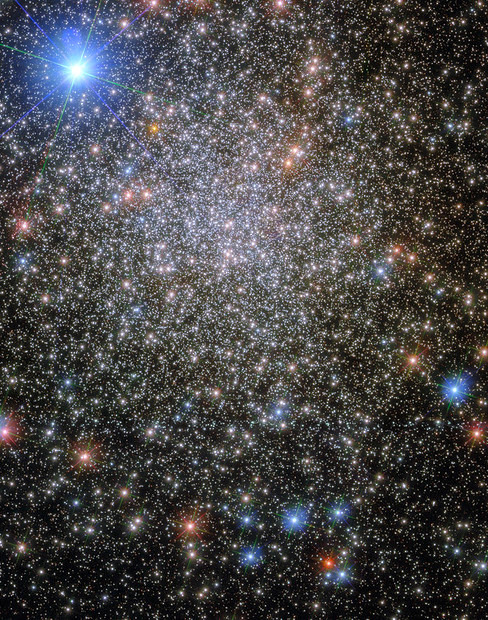“Drifting” By | André Brandt

“Drifting” by | André Brandt
More Posts from Ad-astra-affecte-spe and Others

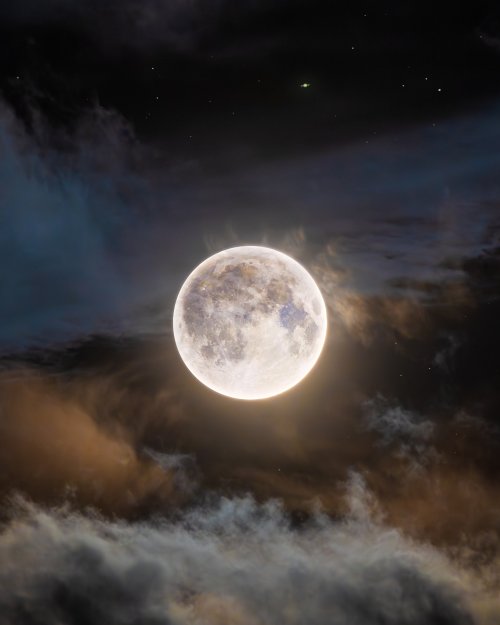
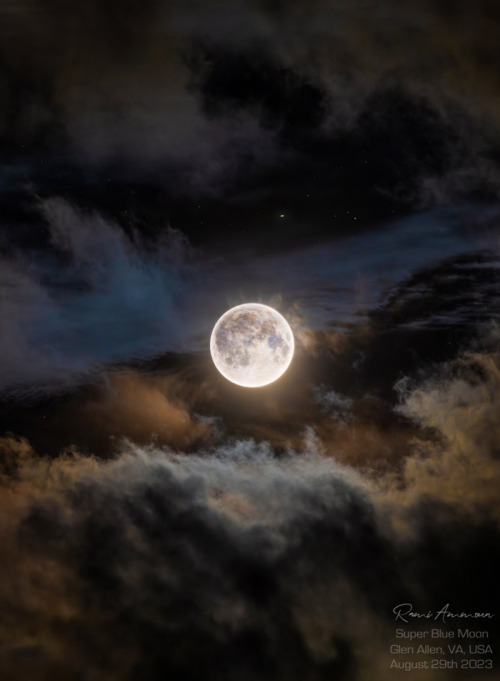
The 2nd full moon of August 2023 l Rami Ammoun






The Moon
The most ridiculously detailed" image of Earth’s lunar neighbor was a two-year project captured by two astrophotographers.
The 174-megapixel image, which shows the moon’s colors, craters and glowing aura in stunning detail, was first revealed on Reddit on Saturday. Through Reddit and Instagram, Andrew McCarthy, known for his breathtaking astrophotography skills, teamed up with planetary scientist and fellow photographer Connor Matherne, who has been acclaimed for his striking and vibrant photos of galaxies and nebulae.
The two previously worked together to create an incredible glowing and detailed image of the moon.

The Sun’s corona during a solar-eclipse.

Boo! Did we get you? 🎃
This solar jack-o-lantern, captured by our Solar Dynamics Observatory (SDO) in October 2014, gets its ghoulish grin from active regions on the Sun, which emit more light and energy than the surrounding dark areas. Active regions are markers of an intense and complex set of magnetic fields hovering in the sun’s atmosphere.
The SDO has kept an unblinking eye on the Sun since 2010, recording phenomena like solar flares and coronal loops. It measures the Sun’s interior, atmosphere, magnetic field, and energy output, helping us understand our nearest star.
Grab the high-resolution version here.
Make sure to follow us on Tumblr for your regular dose of space!


Whirlpool Galaxy M51a was the very first galaxy classified as a spiral galaxy.

M31 Adromeda Galaxy (Visible Light) by NASA Goddard Photo and Video

2023 February 25
Crescent Moon Occultation Image Credit & Copyright: Fefo Bouvier
Explanation: On February 22, a young Moon shared the western sky at sunset with bright planets Venus and Jupiter along the ecliptic plane. The beautiful celestial conjunction was visible around planet Earth. But from some locations Jupiter hid for a while, occulted by the crescent lunar disk. The Solar System’s ruling gas giant was captured here just before it disappeared behind the the Moon’s dark edge, seen over the RÃo de la Plata at Colonia del Sacramento, Uruguay. In the serene river and skyscape Venus is not so shy, shining brightly closer to the horizon through the fading twilight. Next week Venus and Jupiter will appear even closer in your evening sky.
∞ Source: apod.nasa.gov/apod/ap230225.html

Bioluminescence and Milky Way
-
 tariktalks liked this · 2 months ago
tariktalks liked this · 2 months ago -
 periidote liked this · 3 months ago
periidote liked this · 3 months ago -
 lordinquisitorcopernicus reblogged this · 3 months ago
lordinquisitorcopernicus reblogged this · 3 months ago -
 vedonanera liked this · 4 months ago
vedonanera liked this · 4 months ago -
 hellspawn-69 liked this · 4 months ago
hellspawn-69 liked this · 4 months ago -
 centeotl888-blog liked this · 4 months ago
centeotl888-blog liked this · 4 months ago -
 ohfallingstar reblogged this · 4 months ago
ohfallingstar reblogged this · 4 months ago -
 kyra86 liked this · 5 months ago
kyra86 liked this · 5 months ago -
 th-er1983 liked this · 5 months ago
th-er1983 liked this · 5 months ago -
 hollysimone reblogged this · 5 months ago
hollysimone reblogged this · 5 months ago -
 hollysimone liked this · 5 months ago
hollysimone liked this · 5 months ago -
 thehebrewhammer514 reblogged this · 5 months ago
thehebrewhammer514 reblogged this · 5 months ago -
 jmncamacho liked this · 5 months ago
jmncamacho liked this · 5 months ago -
 ac3ofdr4gons liked this · 5 months ago
ac3ofdr4gons liked this · 5 months ago -
 wani35 liked this · 5 months ago
wani35 liked this · 5 months ago -
 oldbrad liked this · 5 months ago
oldbrad liked this · 5 months ago -
 skibumtj liked this · 5 months ago
skibumtj liked this · 5 months ago -
 superrocketman liked this · 5 months ago
superrocketman liked this · 5 months ago -
 sentichebelvento3 liked this · 5 months ago
sentichebelvento3 liked this · 5 months ago -
 fapaul24 liked this · 5 months ago
fapaul24 liked this · 5 months ago -
 spiceyflipper reblogged this · 5 months ago
spiceyflipper reblogged this · 5 months ago -
 spiceyflipper liked this · 5 months ago
spiceyflipper liked this · 5 months ago -
 leo-c-world reblogged this · 5 months ago
leo-c-world reblogged this · 5 months ago -
 infinitedonut liked this · 5 months ago
infinitedonut liked this · 5 months ago -
 73anthrax liked this · 5 months ago
73anthrax liked this · 5 months ago -
 lafleur-de-mer reblogged this · 5 months ago
lafleur-de-mer reblogged this · 5 months ago -
 alexforeverart liked this · 5 months ago
alexforeverart liked this · 5 months ago -
 sixxer liked this · 5 months ago
sixxer liked this · 5 months ago -
 ursulapaddington liked this · 5 months ago
ursulapaddington liked this · 5 months ago -
 justavermontersblog reblogged this · 5 months ago
justavermontersblog reblogged this · 5 months ago -
 ogalf liked this · 5 months ago
ogalf liked this · 5 months ago -
 ocgla5 liked this · 5 months ago
ocgla5 liked this · 5 months ago -
 livingmosaic liked this · 5 months ago
livingmosaic liked this · 5 months ago -
 danny-boys-world liked this · 5 months ago
danny-boys-world liked this · 5 months ago -
 snufje liked this · 5 months ago
snufje liked this · 5 months ago -
 batwingsbee reblogged this · 5 months ago
batwingsbee reblogged this · 5 months ago -
 batwingsbee liked this · 5 months ago
batwingsbee liked this · 5 months ago -
 radodog liked this · 5 months ago
radodog liked this · 5 months ago -
 beagoodboi liked this · 5 months ago
beagoodboi liked this · 5 months ago -
 zeekozaki-fan liked this · 5 months ago
zeekozaki-fan liked this · 5 months ago -
 darksideofjk reblogged this · 5 months ago
darksideofjk reblogged this · 5 months ago -
 darksideofjk liked this · 5 months ago
darksideofjk liked this · 5 months ago

★•Astronomy, Physics, and Aerospace•★ Original and Reblogged Content curated by a NASA Solar System Ambassador
204 posts


